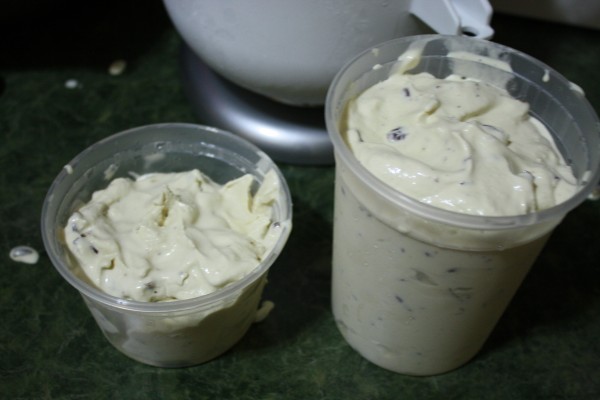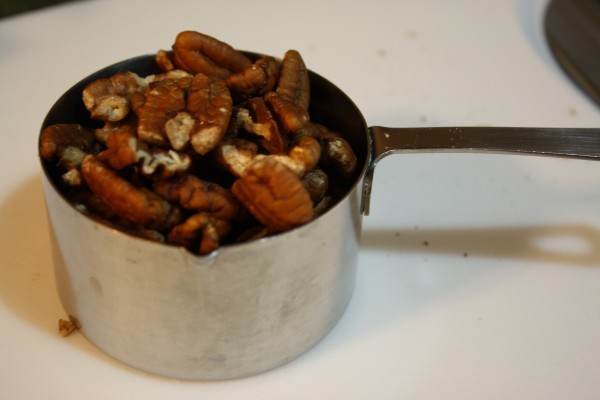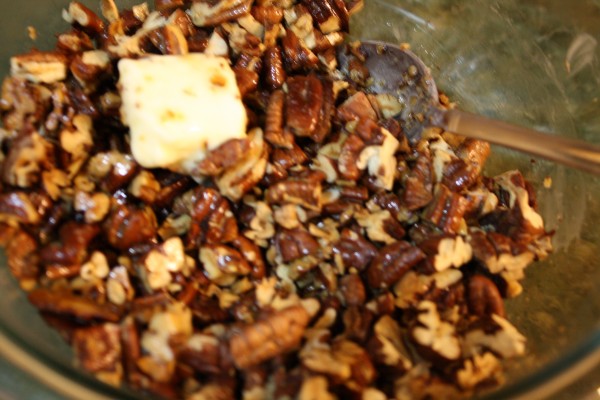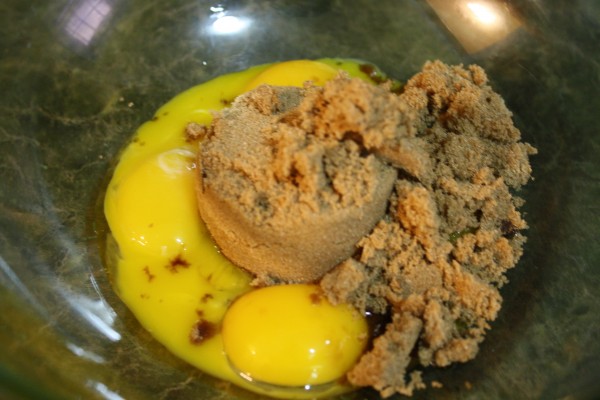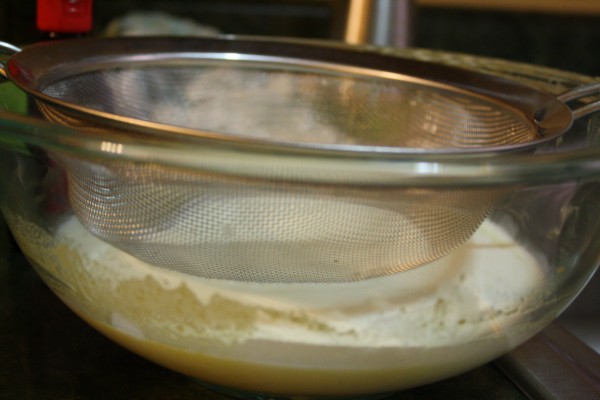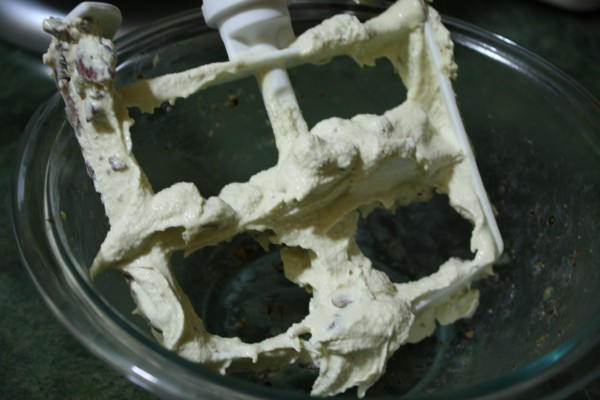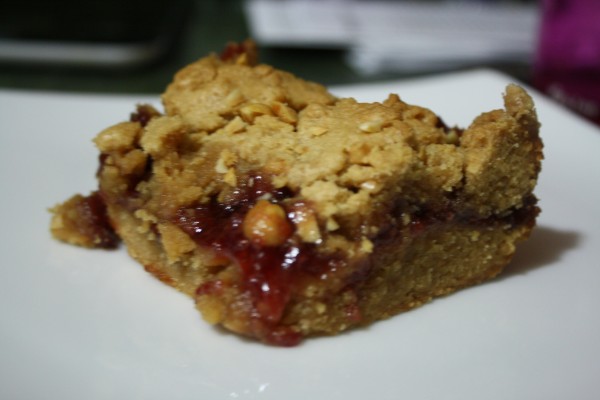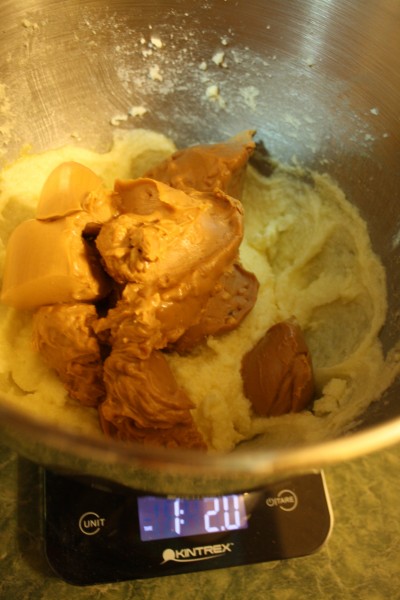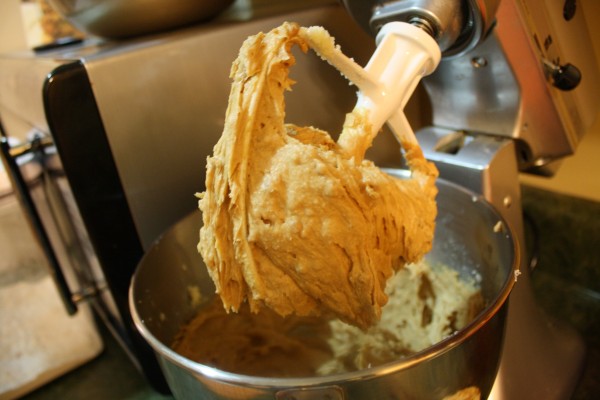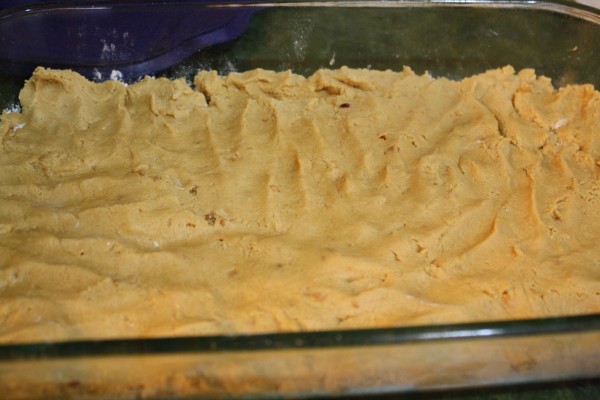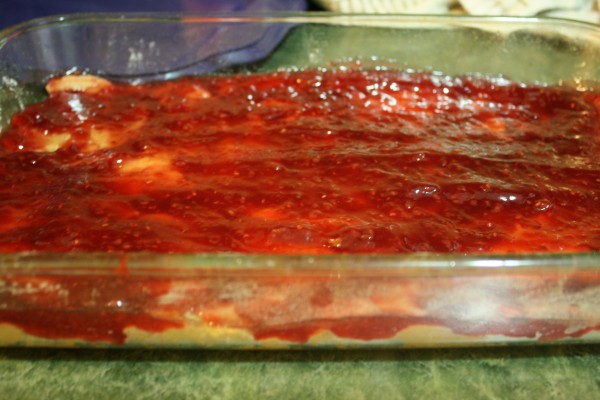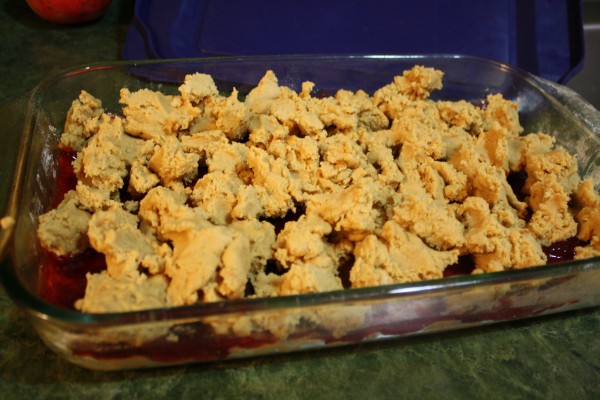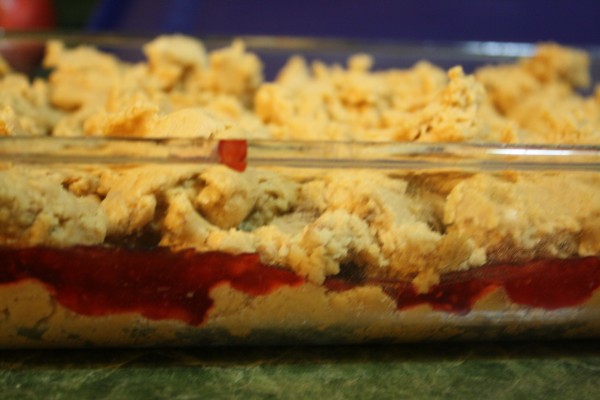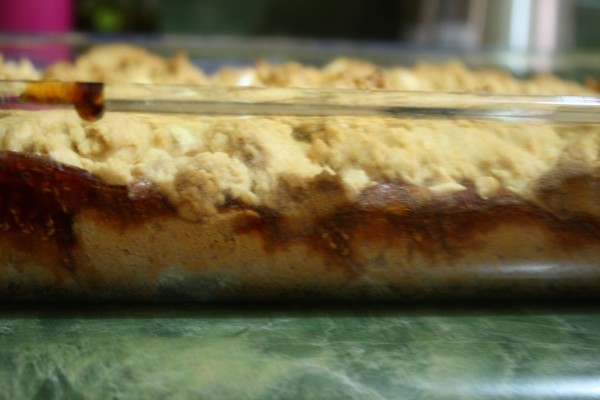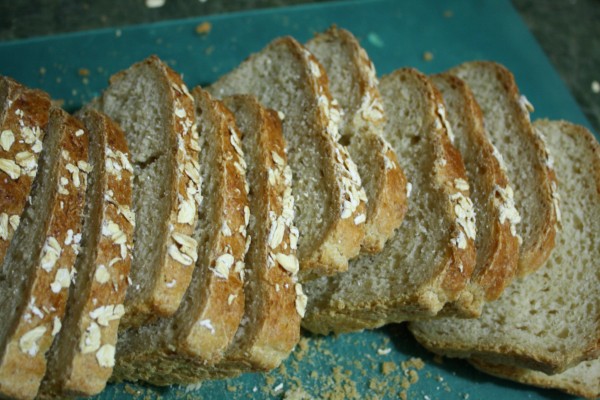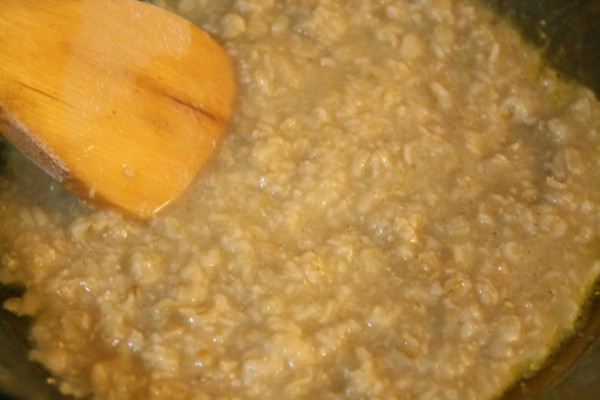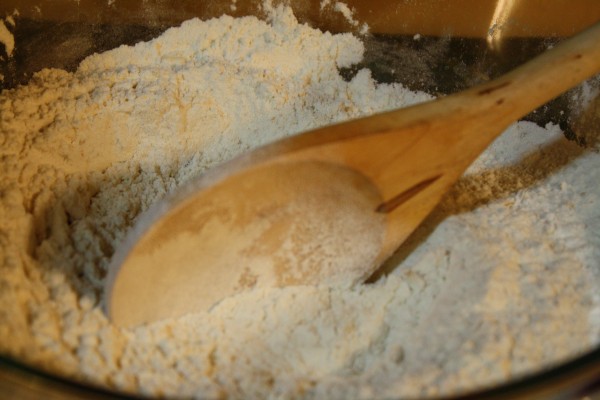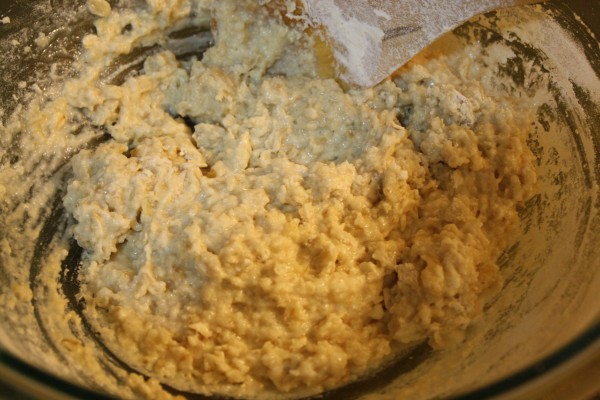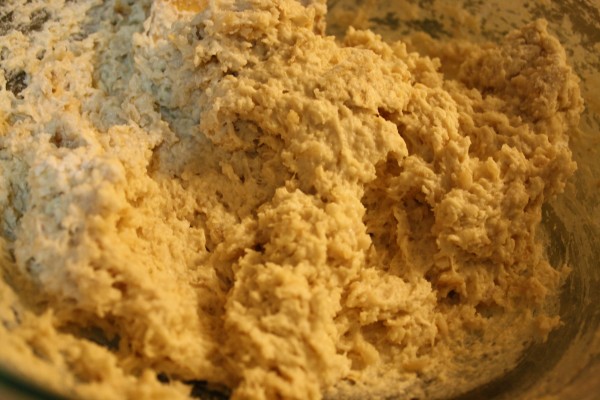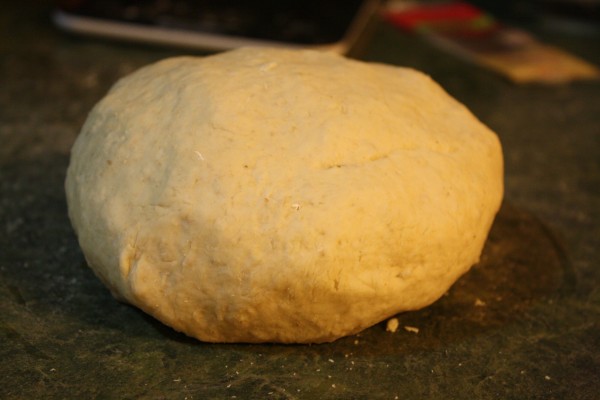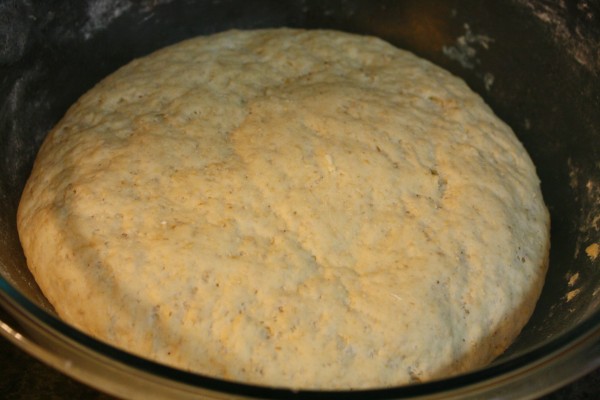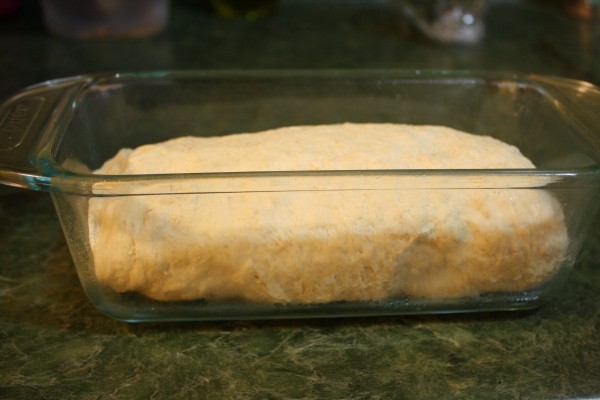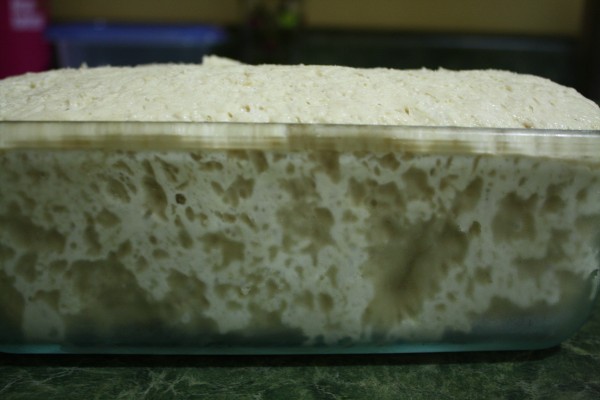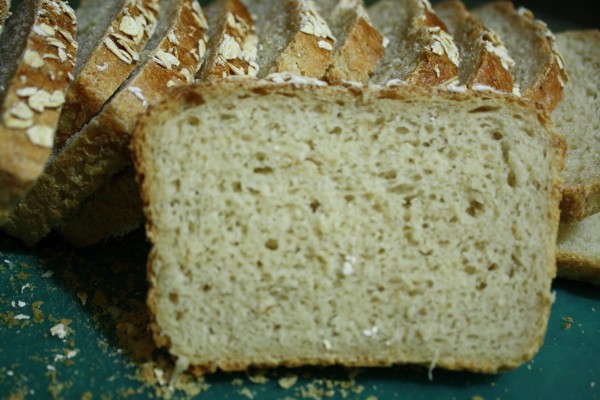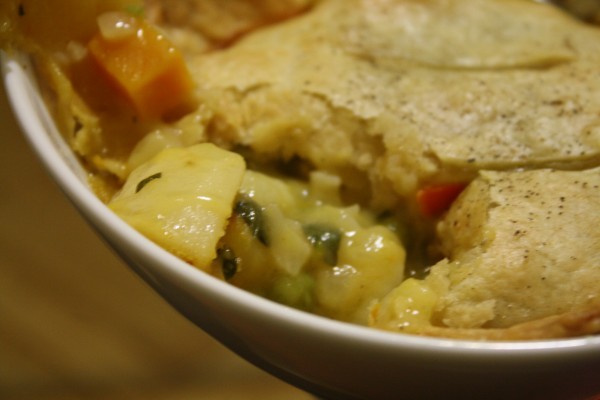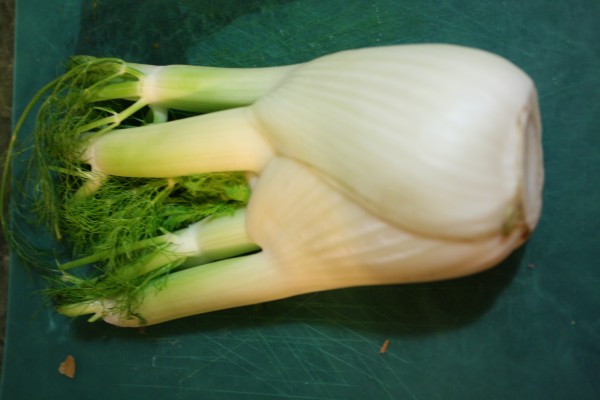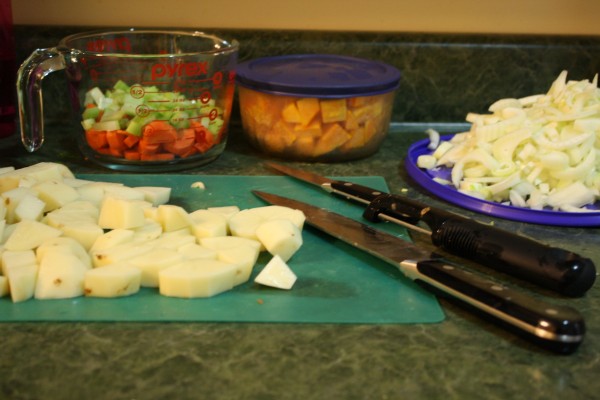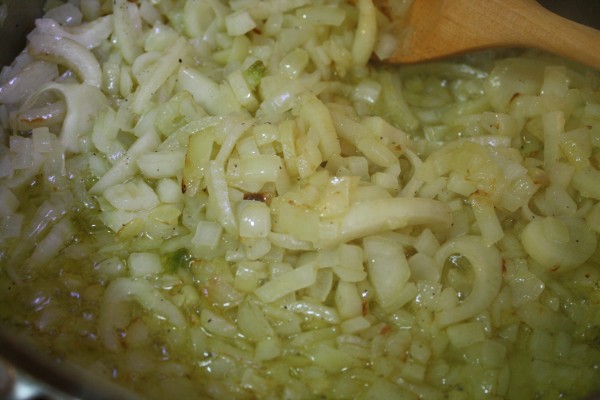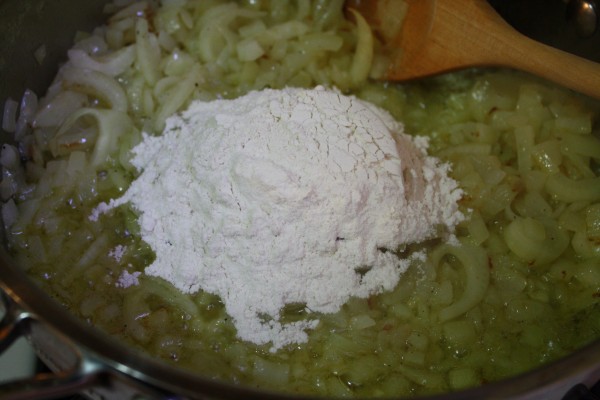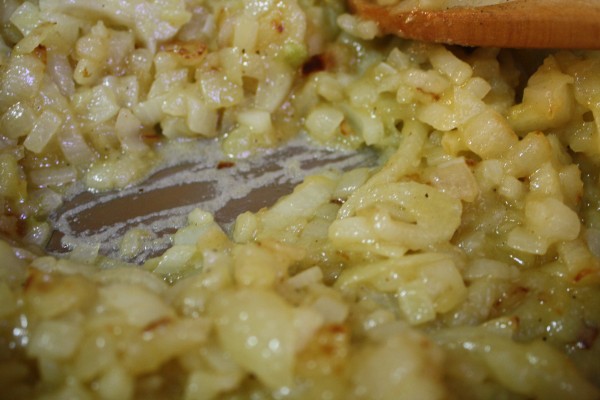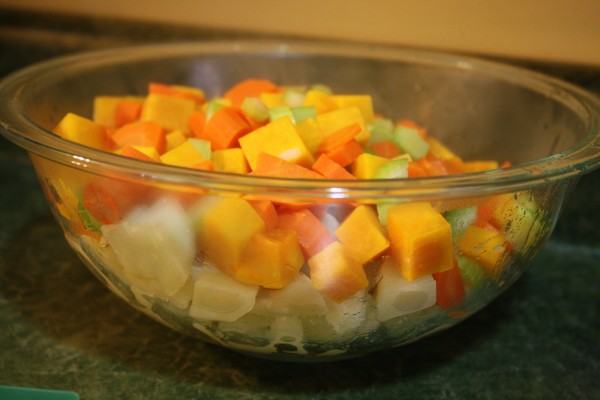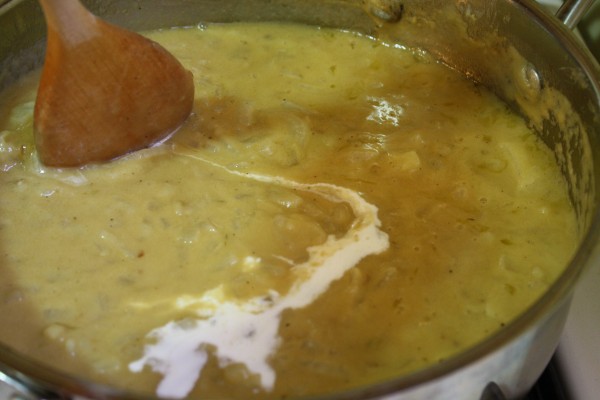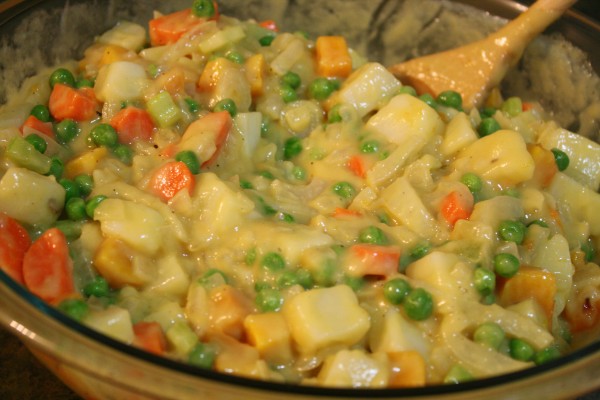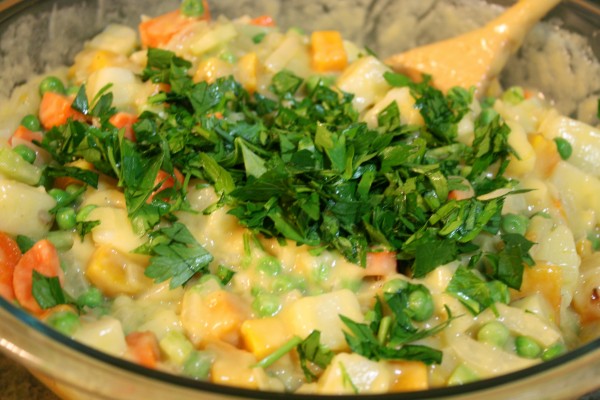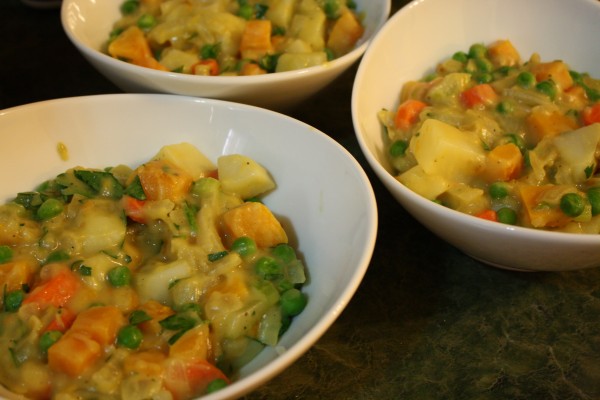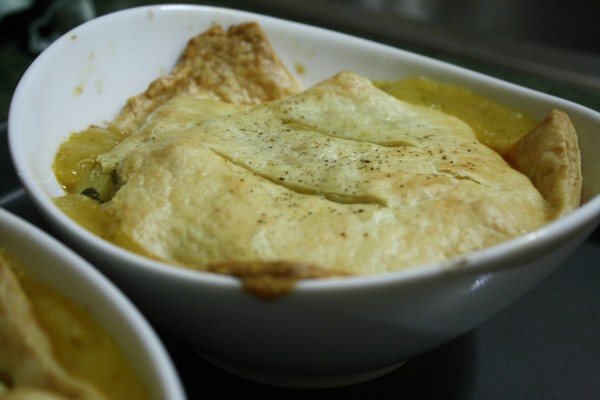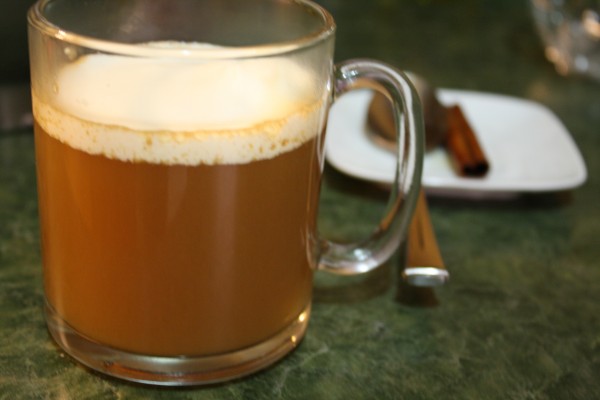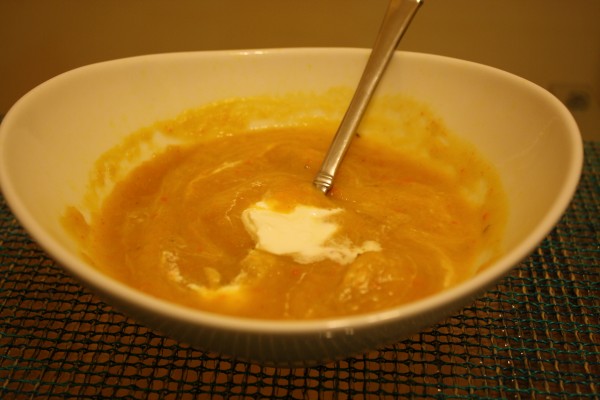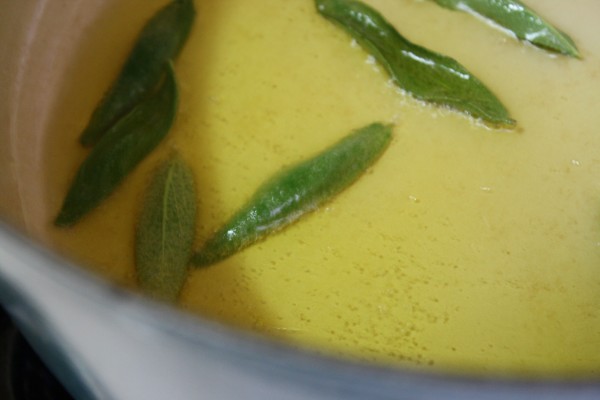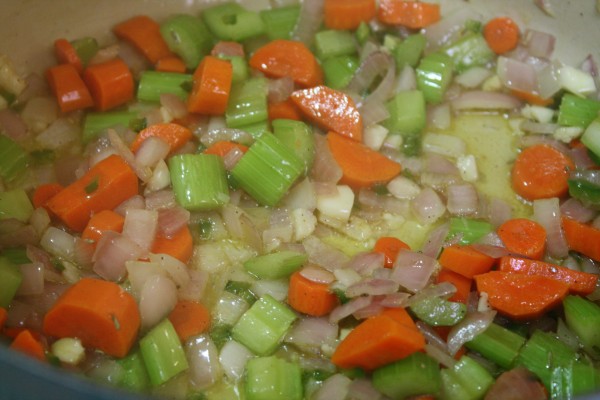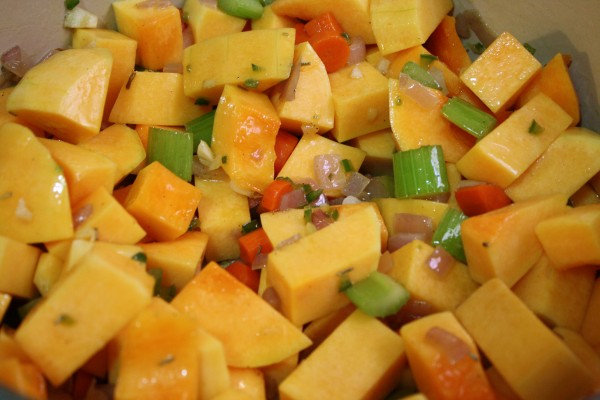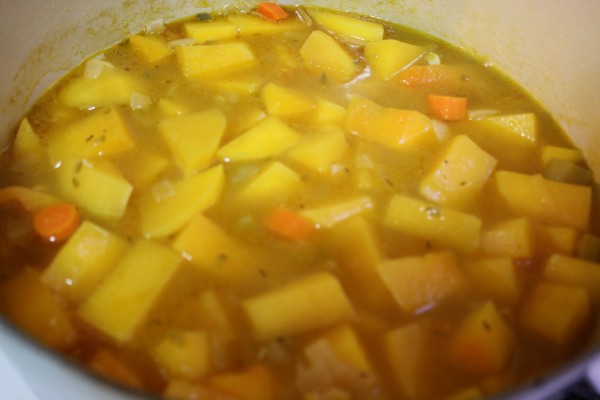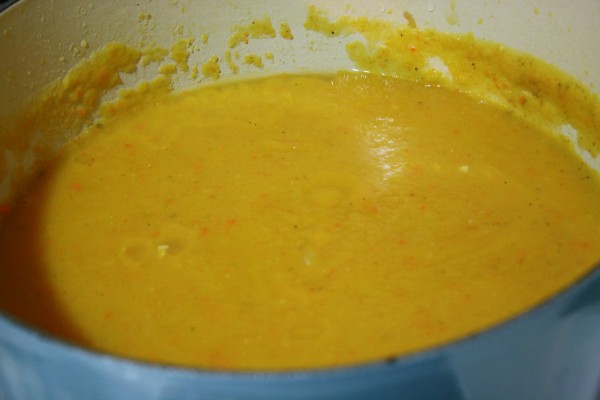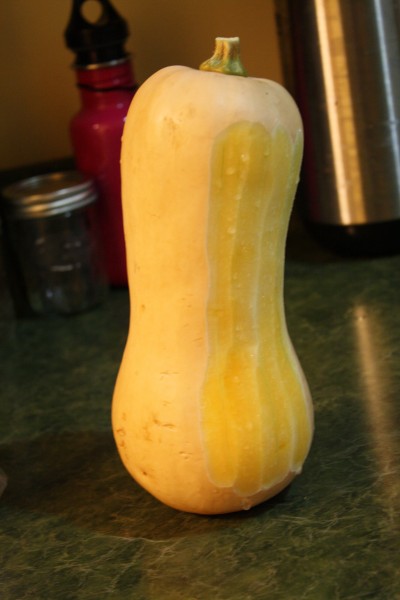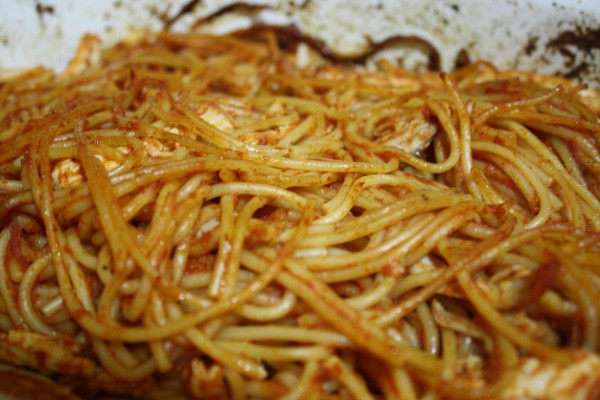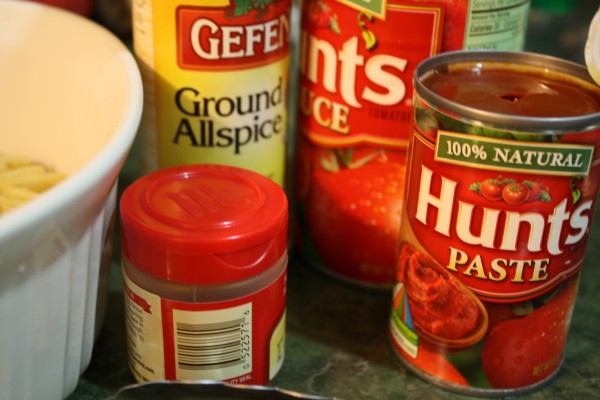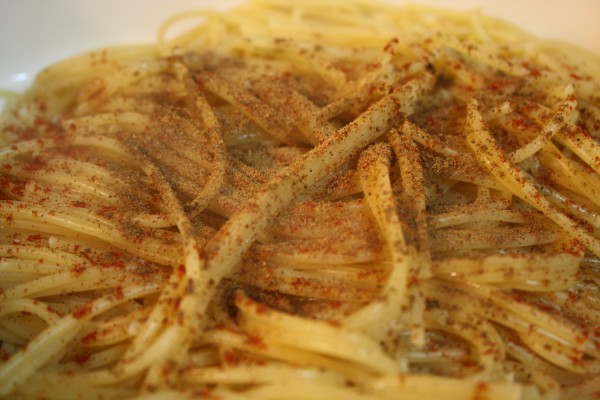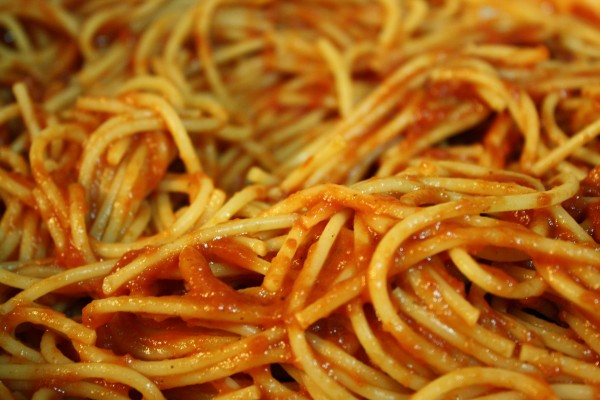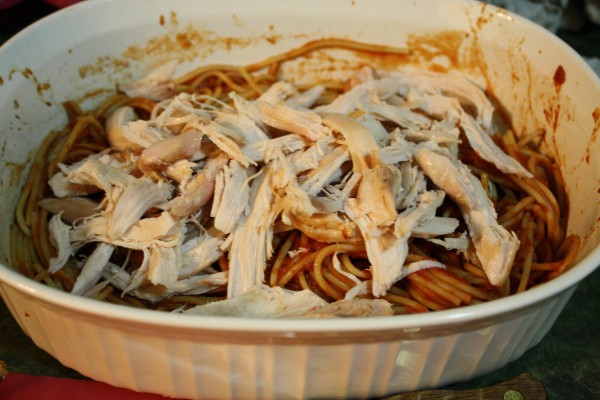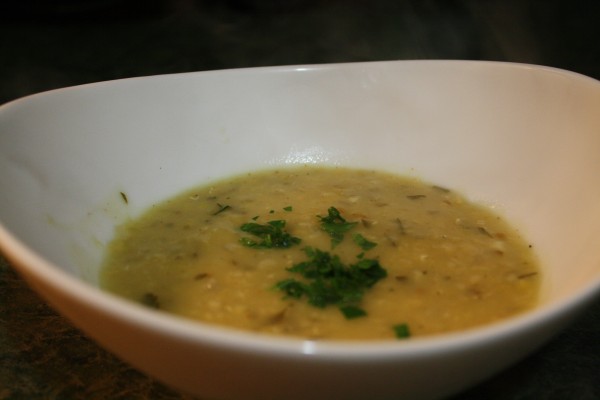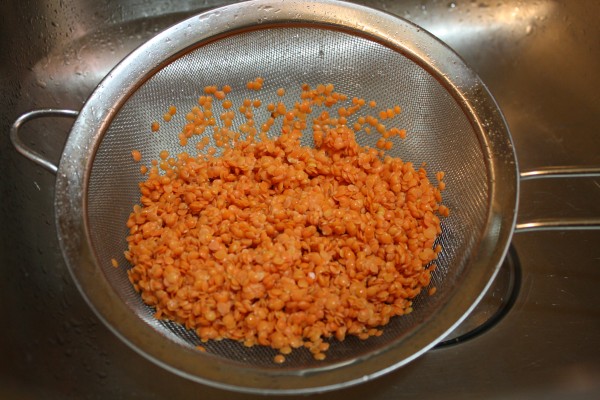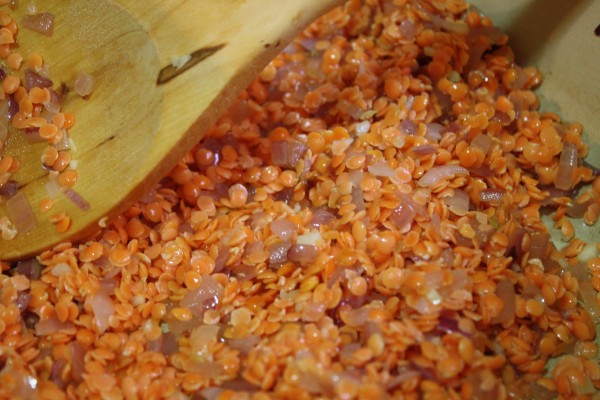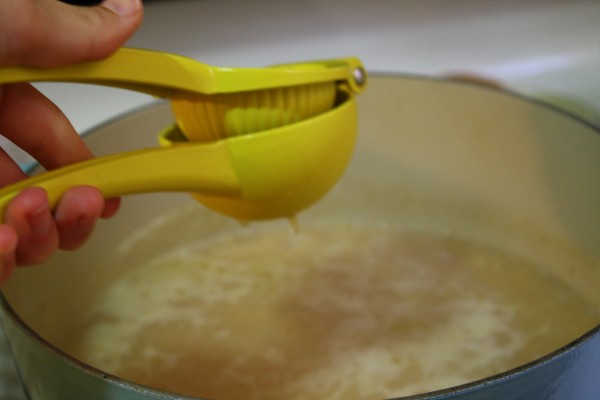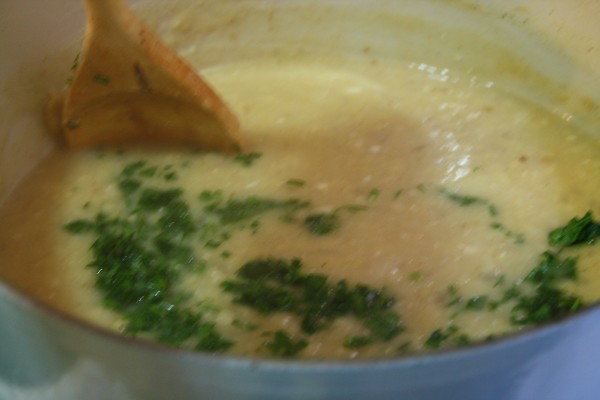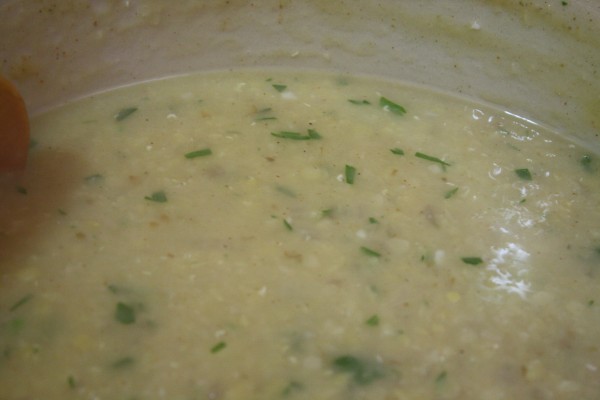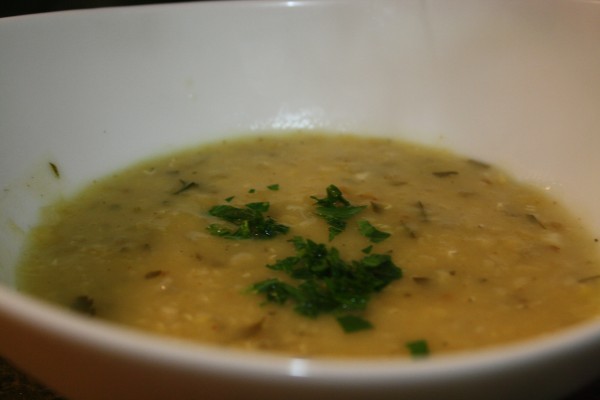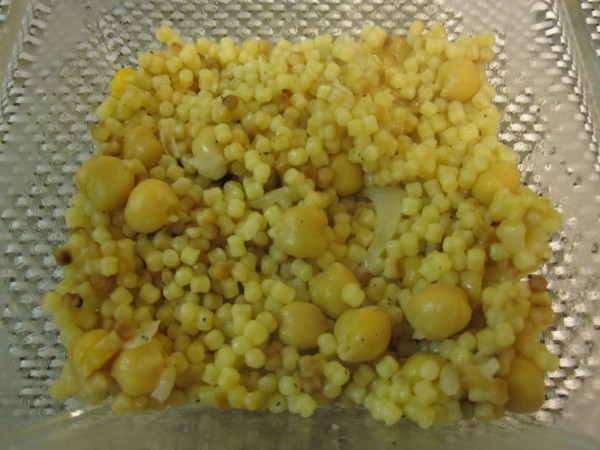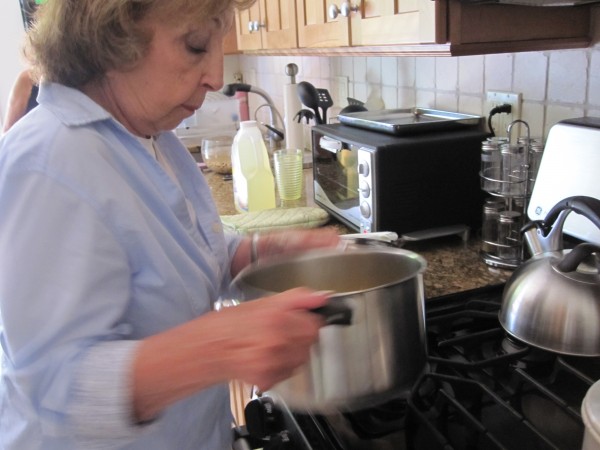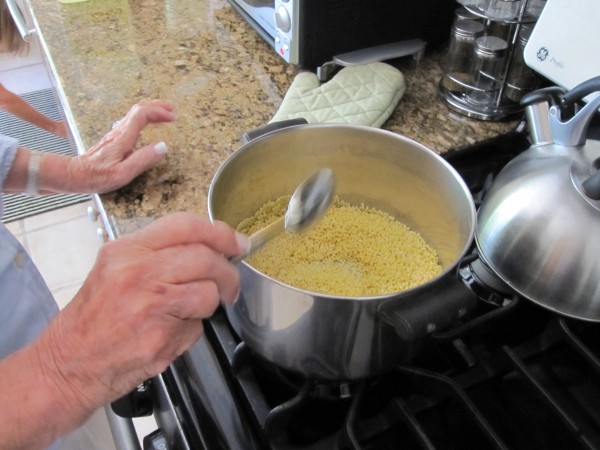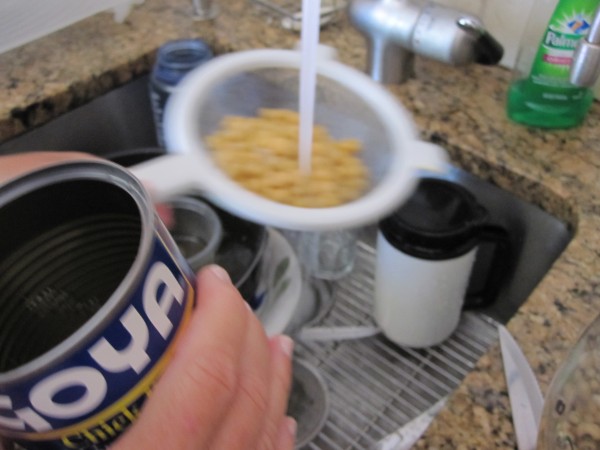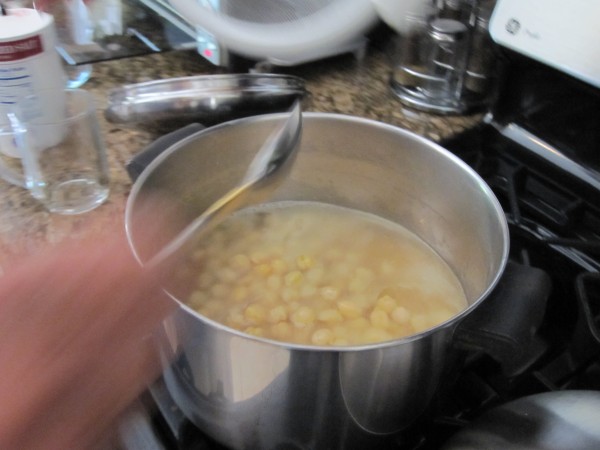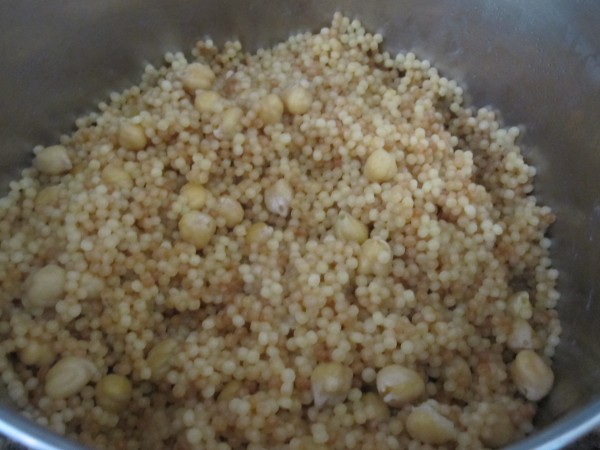Happy Thanksgiving, dear readers!
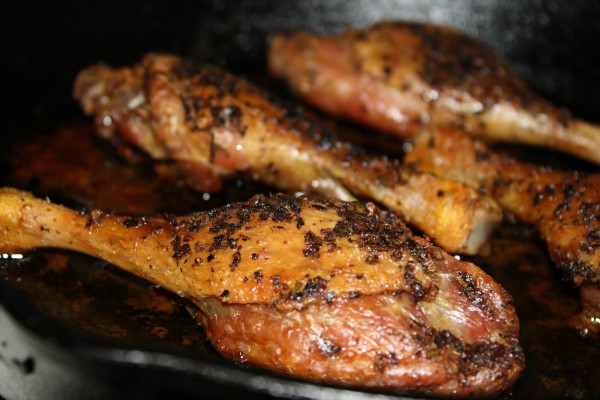
And so my duck experiments continue! Duck confit is a daunting dish, but not when you do it this way. The day of curing and hours of cooking make it succulent, rich, and really crispy! This is definitely my favorite way to prepare duck for a few reasons. First, I got to use my mortar and pestle. Second, it’s crispy but not disgustingly greasy. And third, you get to save the duck fat for future uses! From sauteeing stew vegetables to cooking potatoes, the duck fat possibilities are endless.
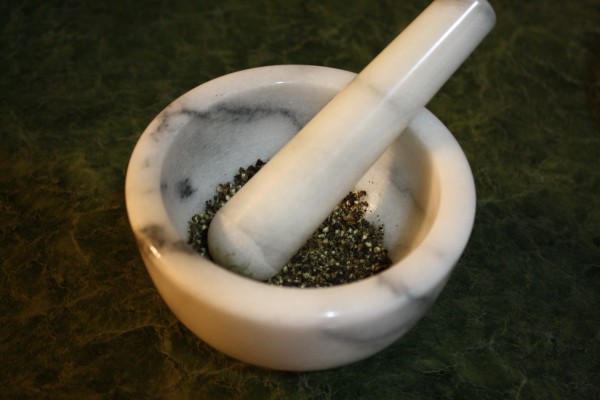
What, were you expecting a turkey recipe for Thanksgiving? Turns out, we’re pretty sure they served duck at the first Thanksgiving (along with wild turkey, not the same as the ones we usually see at the Thanksgiving buffet nowadays). I decided to follow tradition. No, not really our tradition, because my ancestors were probably in Syria at the time, but the tradition of our country.
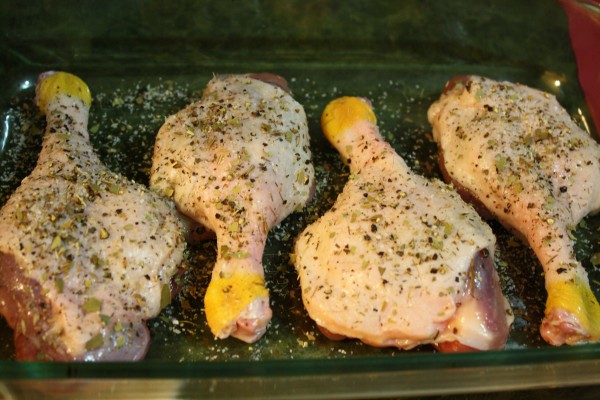
Remember, if you make this dish for thanksgiving, you need to change the song:
Happy Thanksgiving, hooray hooray hooray!
Aren’t you glad you’re not a duck on this Thanksgiving Day.
[Why doesn’t my picture look anything like the one in the Times photo?]
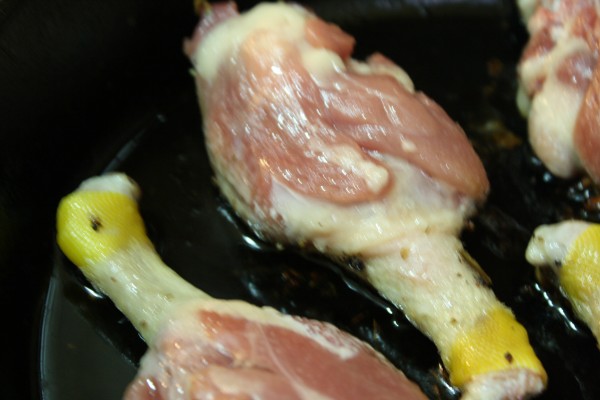
Easy Duck Confit, adapted from the New York Times:
Ingredients:
- 1 1/2 teaspoons kosher salt
- 1/2 teaspoon black pepper
- 1/2 teaspoon dried thyme
- 1 bay leaf, crumbled
- 8 moulard duck legs (about 4 pounds total), rinsed and patted dry
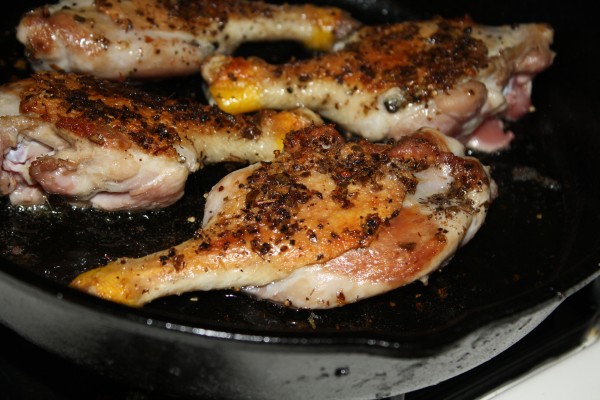
Directions,
1. In a small bowl, combine salt, pepper, thyme, and bay leaf. I crushed them together with my mortar and pestle, but you don’t really have to.
2. Sprinkle duck with mixture and place in pan in one layer. Refrigerate for 24 hours.
3. The next day: preheat oven to 325 degrees.
4. Place duck legs, fat side down, in a large ovenproof skillet, with legs fitting in one layer (or do it in batches – you don’t want to steam them!)
5. Heat over medium-high heat until fat starts to render.
6. When there is 1/4 inch of fat on the bottom of the pan, after about 20 minutes, flip the duck legs, cover the pan with foil, and place in the oven. (If you used two skillets or did this in batches, place in baking dish together and cover).
7. Roast for two hours, then remove foil and roast for another hour, until the skin is golden brown and crispy.
8. Remove duck fat and reserve for other uses.
9. Serve with bitter salad greens, potatoes, or wide egg noodles.

